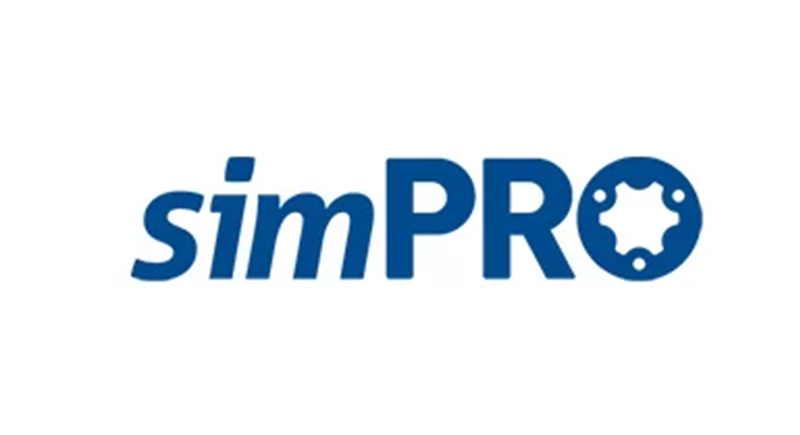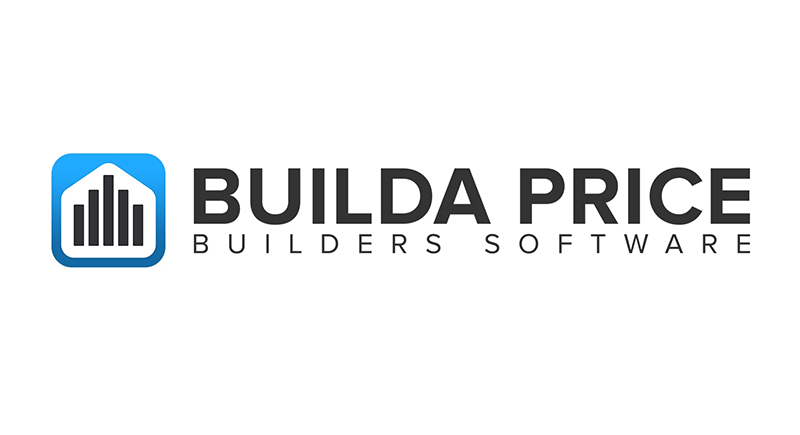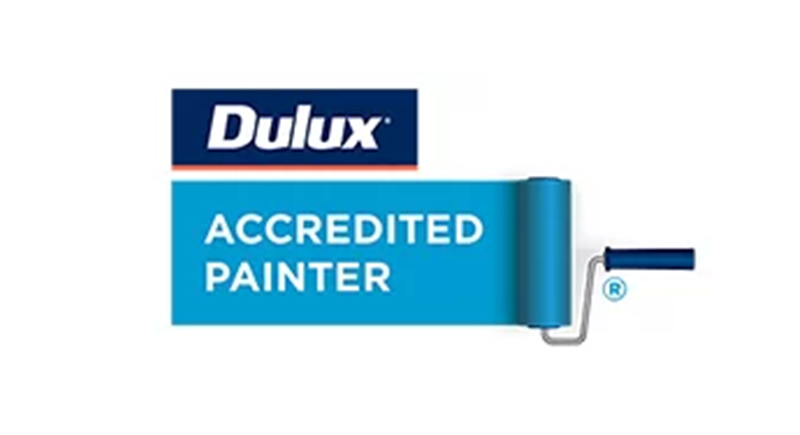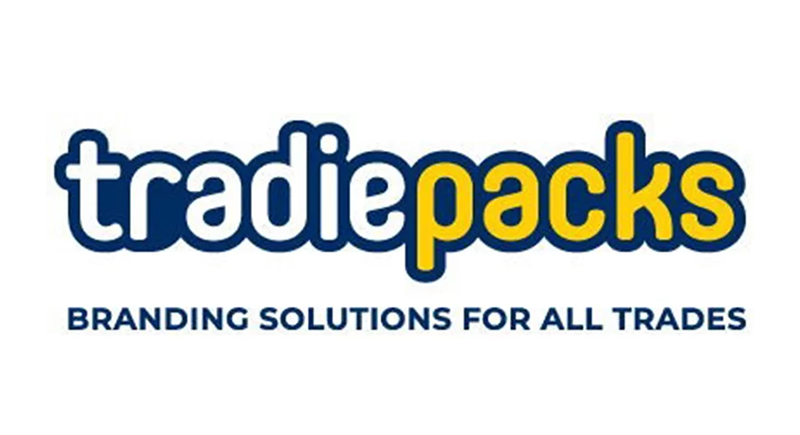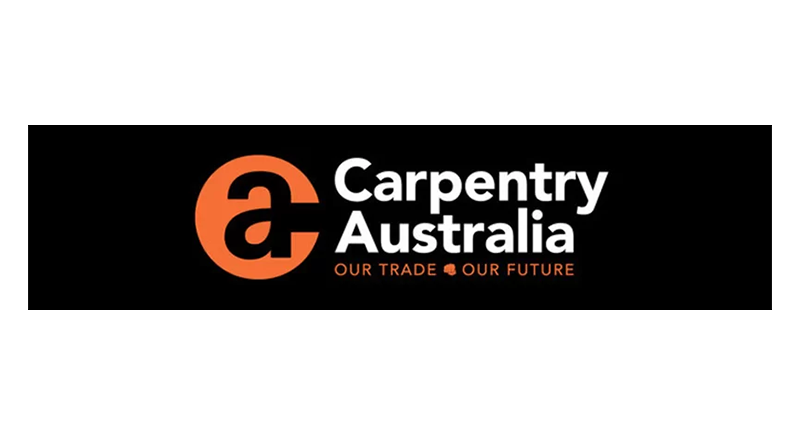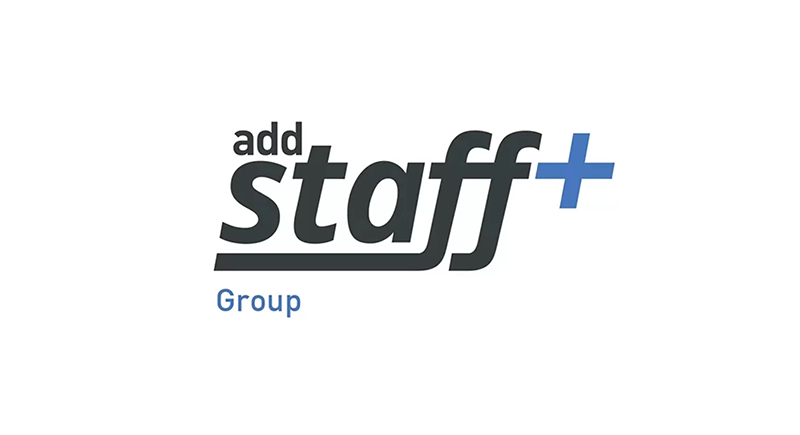The “Professional Playbook”: Think about a professional football team. They don’t wait until game day to frantically search for players. They have scouts constantly out in the field, having conversations, and planning for new recruits years in advance. They’re always thinking: “Who do we want on our team in three, six, or twelve months down the track?”
Pitfall #2: Lack of Structure – No Process, Just Guesswork
Another significant reason for hiring duds is the absence of a clear, structured hiring process. Without a system, you’re essentially relying on chance, intuition, and who you happen to know.
The “Wing-It” Method: Does this sound familiar? “Who do I know? Have you got a resume? Let’s have a quick chat. Hmm, feels okay, and it’s the best option I’ve got right now. You’re hired!” This ad-hoc approach is a recipe for inconsistency and, more often than not, disappointment.
At our core, we work with clients to implement a robust, seven-step structure designed to hire great people consistently. This includes:
- Defining Your Ideal Candidate: Before you even start looking, clearly outline the skills, attributes, experience, and personality type that will thrive in the role and within your organization.
- Professional Application Process: Don’t just take the first person who shows up. Implement a formal application process, just like any professional organization would.
- Structured Interviewing: Develop a clear interview structure with specific questions designed to uncover more about the candidate, assess their values alignment, and determine their suitability for your business.
- Thorough Reference Checks: Don’t skip this crucial step! What people say about themselves can be very different from what others say about them.
- Skills Testing (Where Applicable): This is vital. What people say they can do and what they can do are often miles apart. Implement practical skills tests to verify capabilities.
By putting a structured process in place, you’ll have a significantly better chance of identifying and securing the right talent.
Pitfall #3: Hiring Only for Skills – Overlooking Attitude
While skills are undoubtedly important, a massive mistake businesses make is focusing solely on technical abilities and neglecting critical attitudinal attributes.
The “Skills-First” Trap: When hiring, many simply look at a resume and think, “Do they have the skills to do the job?” But this is only part of the equation.
The “Attitude Advantage”: We’ve worked with countless clients on defining their ideal team player, and what we consistently find is eye-opening: 85 to 90% of the desired attributes are not skills-related. They are all about attitude.
Think about it: What keeps you up at night more when it comes to your people? Is it their lack of a specific skill, or their bad attitude? It’s almost always the attitude.
So, if attitude is so crucial, how do you hire for it? This requires a thoughtful process right from the outset to assess whether a candidate’s values and disposition align with your business culture. It’s about designing your hiring process to uncover these critical non-skill attributes.
Moving Forward: Build Your A-Team
The good news is that these mistakes are entirely fixable. By shifting from a reactive mindset to a proactive one, implementing a structured hiring process, and prioritizing attitude alongside skills, you can dramatically improve your hiring success.
In this current era of skills shortages, finding and keeping the best people is more critical than ever. Let’s work together to help you put a great structure in place and build the exceptional team your business deserves.

